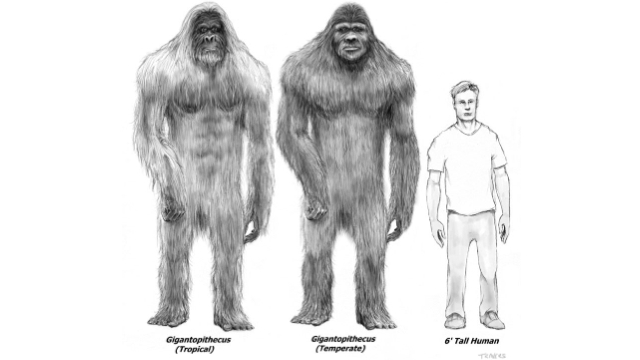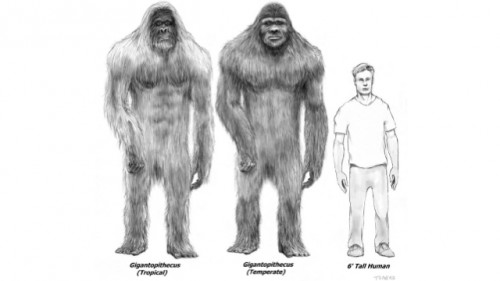The Collateral Hominid Project is Oxford University’s project to help identify the so-called “cryptid” animals that are said to roam the planet. Chupacabras, Nessie, and especially Bigfoot samples are welcomed by the project as long as they’re organic samples. This project is to identify the genetic make-up of such creatures.
Which is good news to all you out there that have some Bigfoot evidence stashed away.
With the project opened to anyone in the world, there should be some interesting evidence submitted to the lab. According to the project’s deadlines, the “publication phase” won’t happen until November-December of this year.
5 commentsSource: Oxford University
As part of a larger enquiry into the genetic relationship between our own species Homo sapiens and other hominids, we invite submissions of organic material from formally undescribed species, or “cryptids”, for the purpose of their species identification by genetic means.
Timetable
The project is divided into three phases.SAMPLE SUBMISSION PHASE May – September 2012
DNA ANALYSIS PHASE September – November 2012
PUBLICATION PHASE November – December 2012SAMPLE SUBMISSION
Sample submissions are invited from institutions and individuals. In the first instance, please send details of the material you would like to submit to one of the Principal Investigators. These should include:· Your name, institutional affiliation (if any), postal and email addresses and other contact details.
· A physical description of the specimen: (Hair, tooth etc). Photographs welcome.
· Its provenance: A short account of the origin of the sample, when and where (with coordinates if known) it was collected and how it came to be in your possession.
· Identification: Your opinion of its likely species identification, and your reasons.
· Authority: A statement that you are entitled to send the specimen for analysis and that we have permission to publish the results.In order to avoid misidentification of samples due to contamination, our preferred material is hair, although tissues will be considered.
After reviewing your submission, we will send you a sampling kit with instructions. Please do not send any materials without first hearing from us. They will not be analysed nor returned.
You may choose whether to be identified as the donor of the sample, or to remain anonymous.
DNA ANALYSIS
At the end of the submission phase, the most promising samples will be selected for DNA analysis. You will not be charged for the analysis. Unselected samples will be returned.The process of DNA analysis is destructive. Any unused material from selected samples will be returned or, if you prefer, will be submitted for curation as part of the Bernard Heuvelmans Cryptozoology archive in Lausanne.
PUBLICATION PHASE
Results from DNA analysis will be prepared for publication in a peer-reviewed science journal. No results will be released until any embargoes on publication have passed.PRINCIPAL INVESTIGATORS
Prof. Bryan Sykes
Professor of Human Genetics
Wolfson College
University of Oxford
Oxford OX2 6UD
United Kingdom
[email protected]Dr. Michel Sartori
Directeur
Musee de Zoologie
Palais de Rumine
Place de Riponne 6
CH-1014 Lausanne
Switzerland
[email protected]When emailing please use OLCHP as the subject of your message






